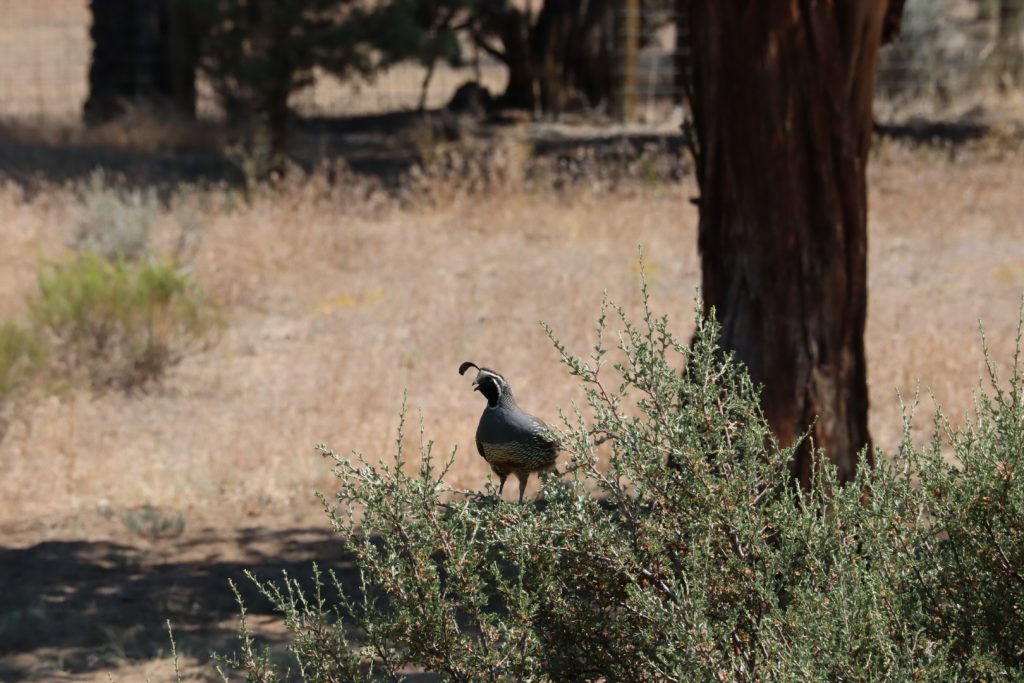Should I Prune My Native Plants? Insights on Bitterbrush and Sagebrush in Central Oregon


Introduction
Gardening and landscaping in Central Oregon come with unique challenges and rewards, especially when it involves native plants like bitterbrush and sagebrush. These plants are well-adapted to the arid climate and soil conditions of the region, playing crucial roles in the local ecosystem. A common question among gardeners and homeowners is whether or not to prune these native species. Let’s delve into the specifics of pruning bitterbrush and sagebrush and explore the best practices for maintaining these native plants.
Understanding Bitterbrush and Sagebrush
Bitterbrush (Purshia tridentata), also known as antelope brush, is a hardy shrub that thrives in the dry, rocky soils of Central Oregon. It provides essential food and habitat for wildlife, particularly during the winter months.
Sagebrush (Artemisia tridentata) is synonymous with the high desert landscape and is vital for soil stability and supporting a variety of wildlife. Its aromatic leaves are a defining characteristic of the region’s flora.
To Prune or Not to Prune?
Generally, native plants like bitterbrush and sagebrush require minimal maintenance compared to non-native species, as they are adapted to the local climate and soil. However, there are circumstances where pruning can be beneficial:
- Health Maintenance: Removing dead or diseased branches helps maintain the overall health of the plant. This prevents the spread of disease and reduces the likelihood of pest infestations.
- Shape and Aesthetics: While it’s less common to prune for aesthetic reasons in natural landscapes, slight shaping can be done to maintain a desired form, especially in more manicured garden settings.
- Safety Concerns: Pruning might be necessary if branches pose a risk to property or safety, such as those that could become hazardous in strong winds or heavy snow.
Best Practices for Pruning Native Plants
When deciding to prune bitterbrush, sagebrush, or other native plants, consider the following guidelines:
- Timing: Late winter or early spring is generally the best time to prune, just before new growth begins. This timing helps the plants heal quickly without risking new shoots being damaged by frost.
- Technique: Use clean, sharp tools to make precise cuts. This minimizes stress and damage to the plants. Prune at the base of the unwanted branch close to the main stem, avoiding leaving stubs.
- Moderation: With native plants, less is more. Heavy pruning can stress the plants and disrupt their natural growth patterns. Focus on minimal, strategic cuts to achieve your goals without over-pruning.
- Consider the Wildlife: Since these plants serve as crucial habitats and food sources, consider the impact of pruning on local wildlife. Avoid excessive pruning that could deprive animals of shelter and nutrition.
Conclusion
Pruning native plants like bitterbrush and sagebrush in Central Oregon should be approached with care and consideration. These plants are adapted to survive with minimal human intervention, so any pruning should be done thoughtfully to avoid disrupting their natural state and the broader ecosystem. By following the best practices outlined above, gardeners can ensure that their native plants thrive while maintaining the natural beauty and ecological balance of their landscapes.
Call to Action
Interested in learning more about caring for native plants or other aspects of sustainable gardening in Central Oregon? Join local gardening groups, attend workshops, or connect with your local extension service for tailored advice and community support. Together, we can nurture our native landscapes for future generations to enjoy.
